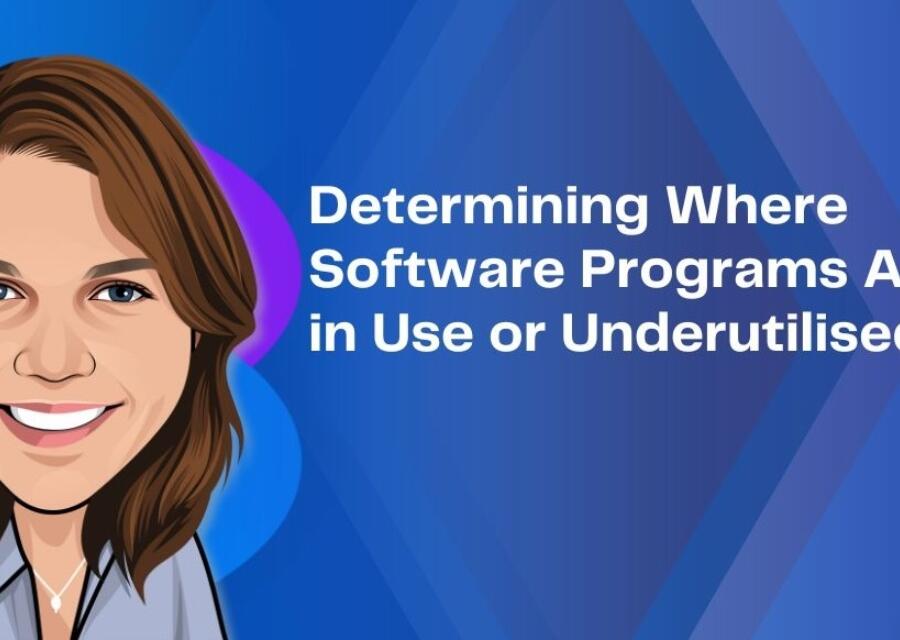Determining Where Software Programs Are in Use or Underutilised
Locating where software programs are actively used and distinguishing them from those purchased but never utilised is complex and multi-faceted.
In the dynamic realm of modern business operations, understanding what software is present in your IT estate, what is truly being utilised within your organisation, and what has been purchased to support those software assets are challenging tasks. The complexities of software discovery involve navigating through numerous layers of deployment data, contracts, and usage patterns.
There are 4 main difficulties businesses routinely encounter when attempting to unearth the software landscape within their estate, namely:
- Gathering Data for Software Licensing Contracts
- Identifying What Software Programs Are Actually in the Estate
- Determining Where Software Programs Are in Use or Underutilised
- Aligning SAM Tools with Manual Declarations for Accurate Reporting
In the penultimate article, this week we delve into - Determining Where Software Programs Are in Use or Underutilised.
Determining Where Software Programs Are in Use or Underutilised
Locating where software programs are actively used and distinguishing them from those purchased but never utilised is complex and multi-faceted. This involves identifying the physical location of software and assessing whether the investment made in specific licenses aligns with their actual usage, something even the most well-maintained SAM tools struggle to identify. This is further complicated through:
Lack of Granular Usage Data
Obtaining granular usage data for software assets is crucial to determining their utilisation. Unfortunately, many organisations face challenges in accessing comprehensive usage metrics. Incomplete or outdated data makes it difficult to discern whether a software asset is actively in use or merely occupying digital space.
Varied User Adoption Rates
The adoption rates of software applications can vary widely among different user groups and departments. Understanding these disparities is vital to accurately assessing utilisation. However, organisations often lack the mechanisms to systematically track and analyse user adoption rates, leading to difficulties identifying software underutilisation.
Complex Licensing Models
Navigating the intricate landscape of software licensing adds another layer of complexity. Different software vendors employ various licensing models, including subscription-based, per-user, or per-device licenses. Understanding and aligning these models with actual usage patterns is crucial to identify underutilised assets and optimise licensing costs.
Lack of Integration between Tools
Organisations often utilise a variety of tools for software management, including asset discovery, inventory, and usage monitoring tools. However, the lack of seamless integration between these tools can result in fragmented data and hinder the ability to holistically assess software utilisation. A cohesive approach to data integration is essential for accurate insights.
Absence of User Feedback Mechanisms
Direct user feedback is a valuable source of information for understanding software utilisation. However, establishing effective feedback mechanisms can be challenging. Users may hesitate to report underutilisation, or organisations may lack structured channels for collecting and analysing user input.
Changing Business Requirements
Organisational needs and priorities evolve over time. A software application that was once critical to operations may become less relevant due to changes in business processes or the introduction of more efficient tools. Adapting to these changing requirements and aligning software assets with current business objectives is an ongoing challenge.
As such, the challenges of determining software utilisation and identifying underutilised assets underscores the need for a strategic and multi-faceted approach. Organisations must invest in comprehensive monitoring tools, data integration solutions, and user feedback mechanisms. By overcoming these challenges, businesses can gain valuable insights into software utilisation, optimise licensing costs, and ensure that their software assets align with current operational needs.

